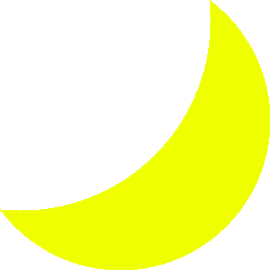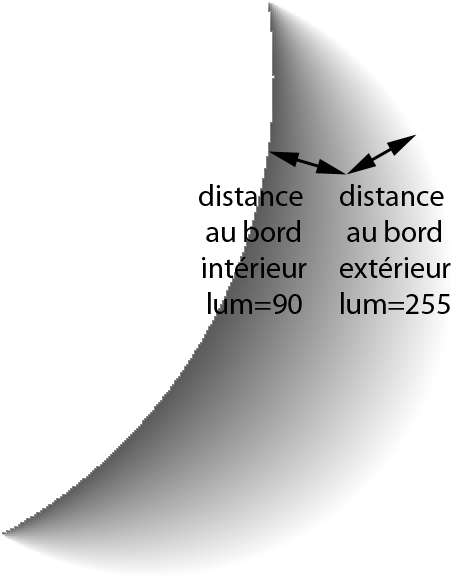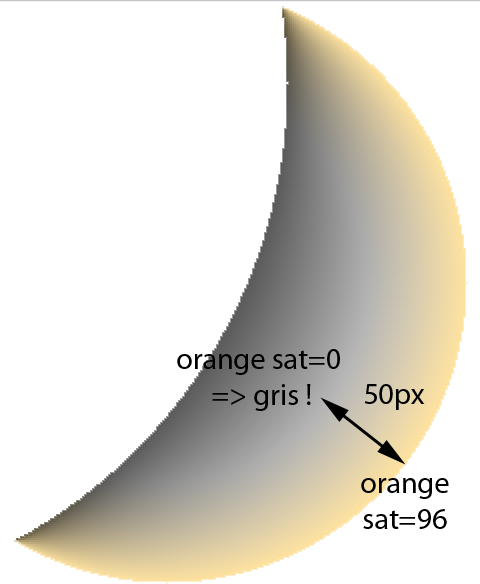-1- Proposez un algorithme qui dessine le motif de lignes suivant dans une fenêtre carrée(width=height)
- N pales de turbine (N=32 dans la figure 8)
- des pales entre les rayons width/3 et width/3+10
- un angle tel qu'un rayon qui part du centre touche à la fois le début d'une pale et la fin de la pale suivante
-2- Que faut-il faire pour étendre ce code afin qu'il réalise le motif de spirale touchant exactement le bord de la fenêtre :
-3- Peut-on intervertir les 2 boucles sans changer le résultat final ? que cela change t-il dans l'ordre de dessin ?
-4- Mettez l'épaisseur proportionelle au log de la distance au centre. Dans quelle base est la fonction log ?
-5- Où mettre ce code pour eviter la redondance ? Qu'en est-il si on avait inversé l'ordre des boucles ?
-6- Dessinez des spirales en degradé
- dégradé de teinte (H de HSB) pour l'angle
- dégradé de saturation (S de HSB) pour la distance au centre
void setup(){
colorMode(HSB, 255);
size(300, 300);
}
int N=20;
int R=100;
void draw(){
for (int R=0; R<width/2; R+=10){
strokeWeight(1+log(R+1)/log(2)); // car en base 2 c'est plus parlant !
for (int i=0; i<N; i++){
float x0 = width/2 +R *cos(i *2*PI/N);
float y0 = height/2+R *sin(i *2*PI/N);
float x1 = width/2 +(R+10)*cos((i+1)*2*PI/N);
float y1 = height/2+(R+10)*sin((i+1)*2*PI/N);
stroke(i*255/N, R*255/(width/2), 255);
line(x0, y0, x1, y1);
}
}
}

Figure 8
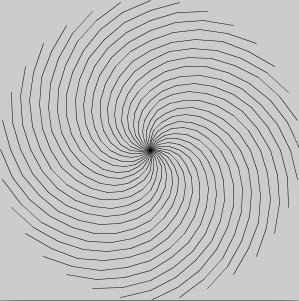
Figure 9
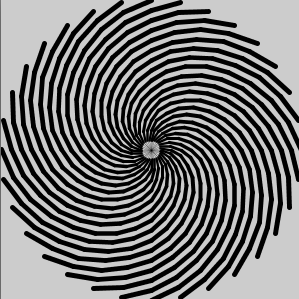
Figure 10
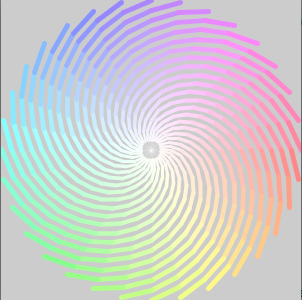
Figure 11

